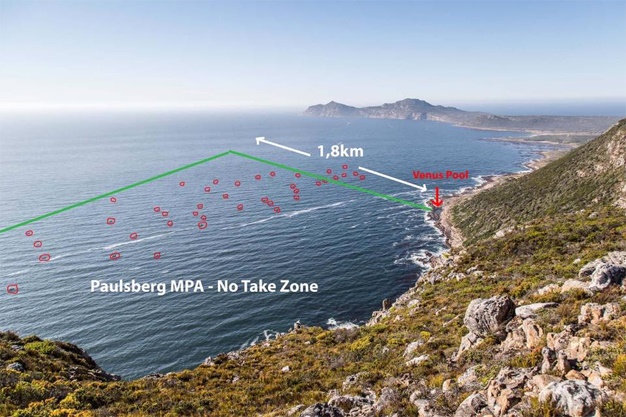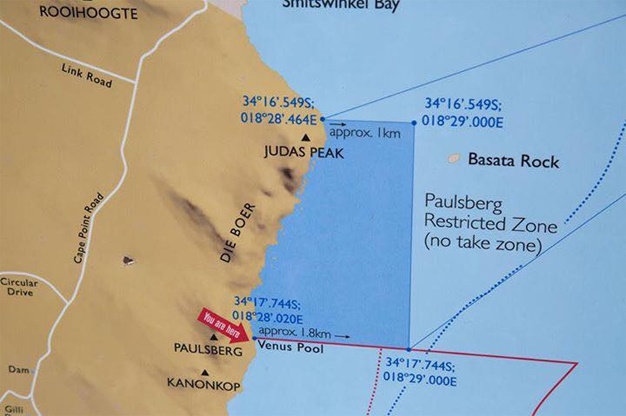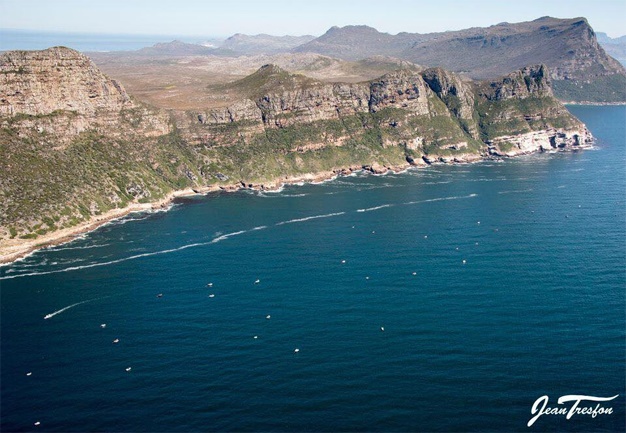Are Marine Protected Areas nothing but Paper Parks?
Posted: Sat Mar 26, 2016 4:55 pm
What does the term Marine Protected Area (MPA) conjure up for you? An area in which, perhaps, wildlife is protected? In which the damaging activities permitted in other parts of the sea – such as fishing – are banned? Marine protected areas aim to conserve marine life and promote the conservation and effective management of biodiverse marine areas? Wrong?
If properly designed and managed, MPAs might play vitally important roles in protecting marine habitats and biodiversity through:
Conserving representative samples of biodiversity and ecosystems
Protecting critical sites for the reproduction and growth of species
Allowing sites to recover from the stresses of exploitation and other human related impacts
Providing settlement and growth areas for marine species so as to allow for spillover of these species into surrounding exploited areas
Providing areas for marine based environmental education and for raising awareness regarding marine related issues
Providing sites for nature-based tourism which is carried out in a sustainable and environmentally responsible manner
Providing undisturbed sites for scientific research that allow long term monitoring which helps to guide the management of the MPAs
If the design of an MPA is not conservation based a MPA is just an area inside a line drawn on a map - and that's about it. In most cases, recreational and commercial fishing can continue in controlled zones of a MPA and often poaching of abalone and lobster can also continue when access is not controlled and recreational activities such as scuba diving are allowed.
A MPA is an area inside a line drawn on a map - and that's about it. Usually there is however an area within this area that is zoned as no take area, but not properly enforced as no take area
So what's all the fuss about MPAs?
If properly designed and managed, MPAs might play vitally important roles in protecting marine habitats and biodiversity through:
Conserving representative samples of biodiversity and ecosystems
Protecting critical sites for the reproduction and growth of species
Allowing sites to recover from the stresses of exploitation and other human related impacts
Providing settlement and growth areas for marine species so as to allow for spillover of these species into surrounding exploited areas
Providing areas for marine based environmental education and for raising awareness regarding marine related issues
Providing sites for nature-based tourism which is carried out in a sustainable and environmentally responsible manner
Providing undisturbed sites for scientific research that allow long term monitoring which helps to guide the management of the MPAs
If the design of an MPA is not conservation based a MPA is just an area inside a line drawn on a map - and that's about it. In most cases, recreational and commercial fishing can continue in controlled zones of a MPA and often poaching of abalone and lobster can also continue when access is not controlled and recreational activities such as scuba diving are allowed.
Control of activities in Marine Protected Area
(1) No person shall fish, or attempt to fish, from a vessel in the Marine
Protected Area unless:
(a) they are in possession of a valid fishing permit in the large
pelagic or small pelagic commercial fishing sectors issued in
terms of the Marine Living Resources Act and such permit
authorises fishing within the Marine Protected Area; or
(b) they are in possession of a valid recreational fishing permit
issued in terms of the Marine Living Resources Act.
(2) No person shall undertake recreational fishing in the Marine
Protected Area in the period between 17h00 in the evening and
06h00 of the following day.
A MPA is an area inside a line drawn on a map - and that's about it. Usually there is however an area within this area that is zoned as no take area, but not properly enforced as no take area
So what's all the fuss about MPAs?


